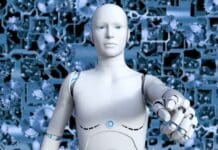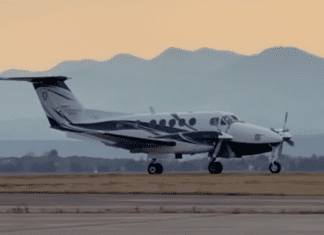This post is also available in:
 עברית (Hebrew)
עברית (Hebrew)
In a significant milestone, an asteroid discovery algorithm called HelioLinc3D has identified its first “potentially hazardous” asteroid dubbed “2022 SF289” during a test run of the algorithm with the ATLAS survey in Hawaii, as reported by the University of Washington. It is about 180 meters in length and had previously been missed due to its faint appearance.
While posing no imminent risk to Earth, the discovery of 2022 SF289 confirms the efficiency of the new algorithm, which is way more efficient than current methods.
Our solar system contains tens of millions of rocky bodies, most of which remain distant, but some, known as near-Earth objects (NEOs), have trajectories that bring them within about 5 million miles of Earth’s orbit.
“Potentially hazardous asteroids” (PHA) are the closest of these and require special attention and monitoring. PHA is a term for a space rock that comes close to Earth and is large enough to cause significant regional damage in the event of an impact and therefore is closely monitored by scientists to ensure it won’t collide with our planet.
According to Interesting Engineering, in order to discover these PHAs, scientists use specialized telescope systems like the NASA-funded ATLAS survey, which takes images of the sky at least four times every night, and if they observe a point of light moving unambiguously in a straight line over the image series, they know they have found a PHA.
The algorithm was tested using data from ATLAS, and it successfully detected 2022 SF289, which was previously missed by astronomers due to its faint appearance. Later upon observing data from Pan-STARRS and Catalina Sky Survey, the discovery was confirmed.
The algorithm’s success highlights the importance of advancements in algorithms and data-intensive astronomy in the coming decade. With the continuous development of these tools and the integration of artificial intelligence, astronomers will be able to explore the cosmos like never before.


























